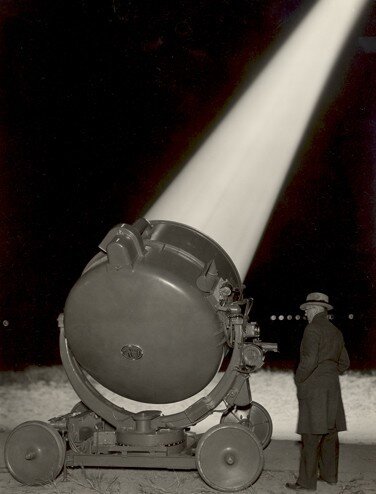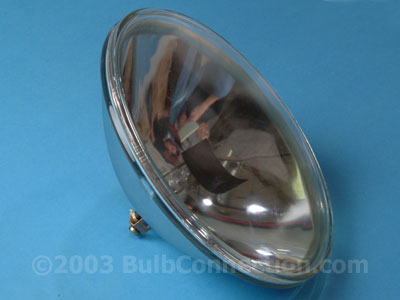I'm doing my first serious theatrical lighting design. I've posted some images of a look I'd like to create:
Horror, or Her Mirror | Rays
Basically I want to create some highly-visible, tight beams of light with parallel rays (not a conic beam of light). I can't rent a beam projector, but I do have 19 degree Source Fours, 6" Fresnels, Source 4 PAR or PAR 64 with NSP, and Colortran Zooms that can do a 9.5 degree beam angle. I also have barn doors.
What fixture or technique would you recommend to achieve this?
Thanks
Horror, or Her Mirror | Rays
Basically I want to create some highly-visible, tight beams of light with parallel rays (not a conic beam of light). I can't rent a beam projector, but I do have 19 degree Source Fours, 6" Fresnels, Source 4 PAR or PAR 64 with NSP, and Colortran Zooms that can do a 9.5 degree beam angle. I also have barn doors.
What fixture or technique would you recommend to achieve this?
Thanks





